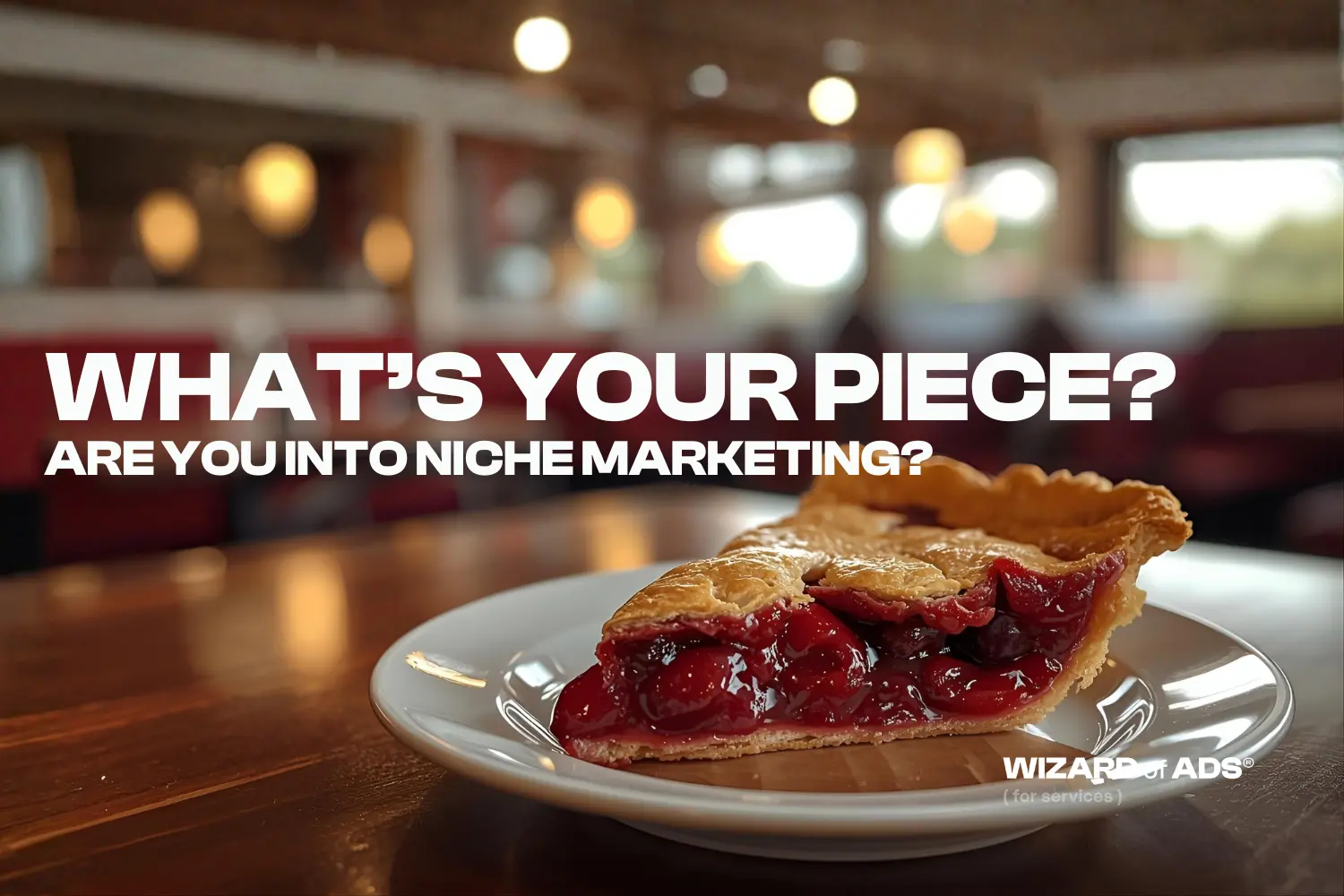
Every few months, I remind my partners of something that took me way too long to learn.
I say, “When a person believes in what they’re doing – even if it’s an imperfect plan – let them keep doing it. Give them advice and try to open their eyes, but don’t fight them too hard, because, ‘A person convinced against their will, remains unconvinced, still.’ So be careful. If you finally convince a person to quit doing what they believe in, and to start doing what you would do if you owned their company, they’re probably going to fail.”
People who have spent time with me may find this difficult to believe, but I’m a lot less combative than I used to be.
Here is the non-combative technique I use.
- Listen attentively to the person with whom you disagree.
- Let them speak until they’re finished.
- Find a point of agreement, something you can honestly endorse.
- Tell them why you agree with them. And if they have altered your opinion in any way, confess that to them, as well.
- Use the point you agree upon to introduce another point which you feel might expand and enrich their perspective.
- Don’t misunderstand me. I’m not talking about introducing “alternative facts.”
- I’m talking about introducing your idea as a logical extension of the idea about which you have already agreed.
- This will cause the other person to feel like they already knew the thing that seemingly just occurred to you.
- In essence, you’ll be giving them an entirely new perspective while reinforcing what they already believe.
- Bottom line: Try to avoid telling people they are wrong. You’ll make more progress and achieve more change if you can figure out a way to tell them they are right.
Here’s a recent example:
An air conditioning client was convinced that we should target the perfect customer profile by using “addressable TV” ads. This would allow us to target specific households individually – rather than as a demographic, geographic, or psychographic group – by using data provided by broadcaster set-top boxes (STBs) and over-the-top (OTT) streaming devices like Apple TV, Google Chromecast, Roku, or Amazon Firestick.
The CEO of the air conditioning company said, “Why should we pay to reach people who live in apartments, or who rent their houses from landlords, or who have a home warranty contract with a company other than ours? Wouldn’t it make more sense to target ONLY those homeowners living in houses old enough to need a new air conditioner, and who don’t have a home warranty?”
“I love that idea!” I said, “And we’ve already got some great TV ads we could air!” I gave him a high five, then asked, “How much did they say it will cost us?”
“They said it will be extremely efficient since we’ll be aiming a rifle with a scope instead of using a shotgun like we’re doing now.”
“I don’t doubt that a bit,” I said, “but we do need to find out how much they’re going to charge us per 1,000 households they deliver (CPM.) We’re currently paying a cost-per-thousand (CPM) of $3 on broadcast radio. Now I’m DEFINITELY willing to pay more than $3 per thousand to reach the PERFECT customer rather than the unfiltered, mixed-bag, untargeted customers we’re currently reaching, but how many untargeted customers is one PERFECTLY TARGETED customer worth? Is it 4-to-one? 7-to-one? Are we willing to trade 10 untargeted customers for 1 targeted customer? How many are we willing to trade? I think at some point there’s going to be at least one perfect customer in our current, unfiltered assortment of broadcast TV viewers and broadcast radio listeners, don’t you think? And then we get all those other people for free. But I still think this “addressable TV” thing is a great idea. So call and tell them exactly who you want to target and ask for the cost-per-thousand.”
After he checked into it, he learned that the cheapest we might possibly pay was 12x to 16x our current cost-per-thousand, but with the layers of targeting he wanted to add, we would be trading at least 26 broadcast radio listeners for every 1 “perfectly targeted” homeowner.
After thinking it over, he decided we were already reaching more than 1 “perfectly targeted” homeowner in every group of 26 unfiltered, mixed bag, untargeted radio listeners.
My point is this: I didn’t have to argue. I didn’t have to debate. And my client, the CEO of that business, was treated like a CEO.
I’m just the consultant who agreed with him.




























